KATIE BENNETT, Clear Creek Naturalist
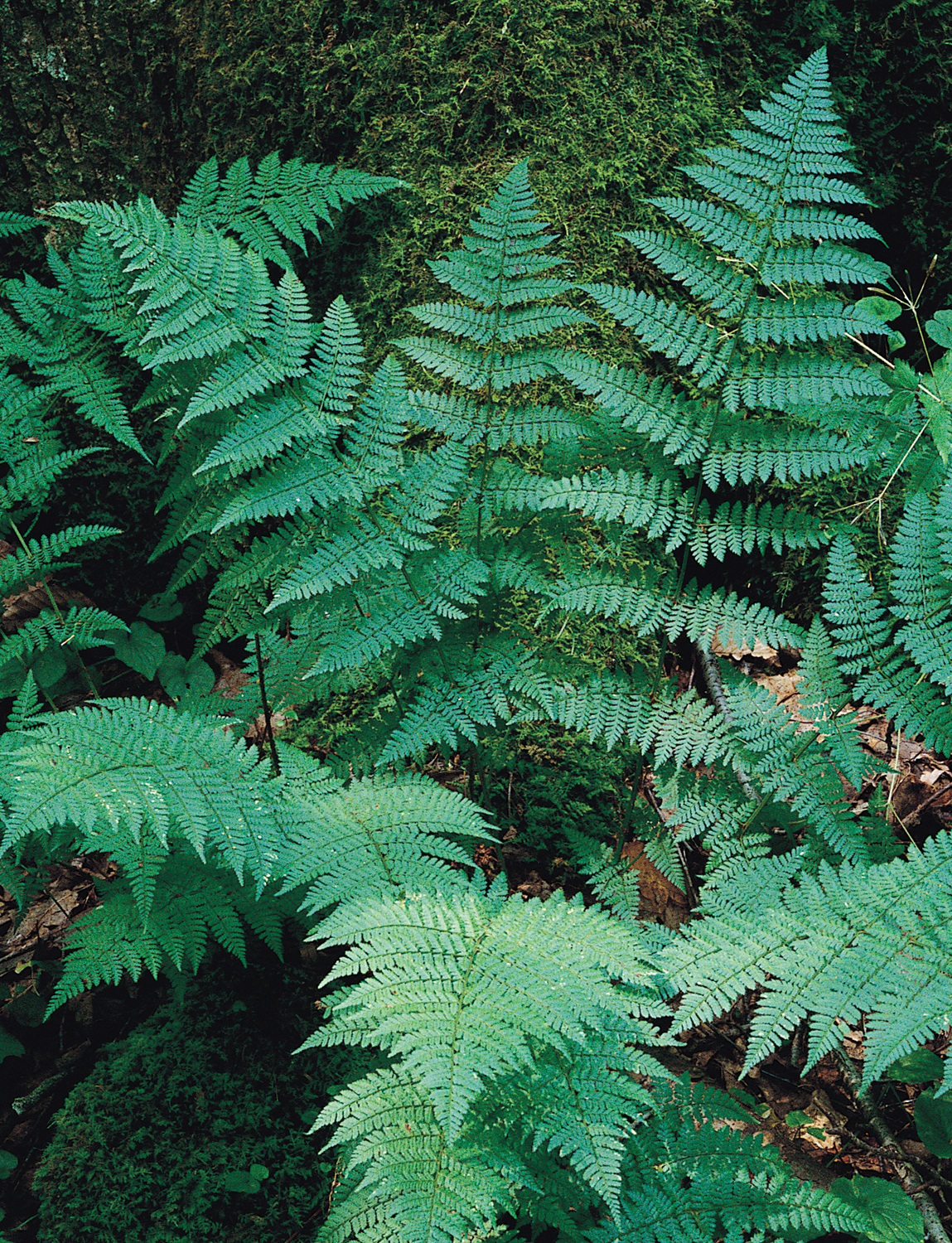
If you want to experience a little bit of everything found at Clear Creek from the diversity of the plants to the wildlife and only have time for one trail, head out on the Fern Trail. This 2.1-mile trail is rugged and steep in some places and takes about an hour to hike.
Portions of the trail are dominated by oak, maple and tulip trees while other areas give way to eastern hemlocks. A variety of ferns thrive, creating a beautiful blanket of green across the forest floor. I recommend taking the west side of the loop and traveling clockwise.
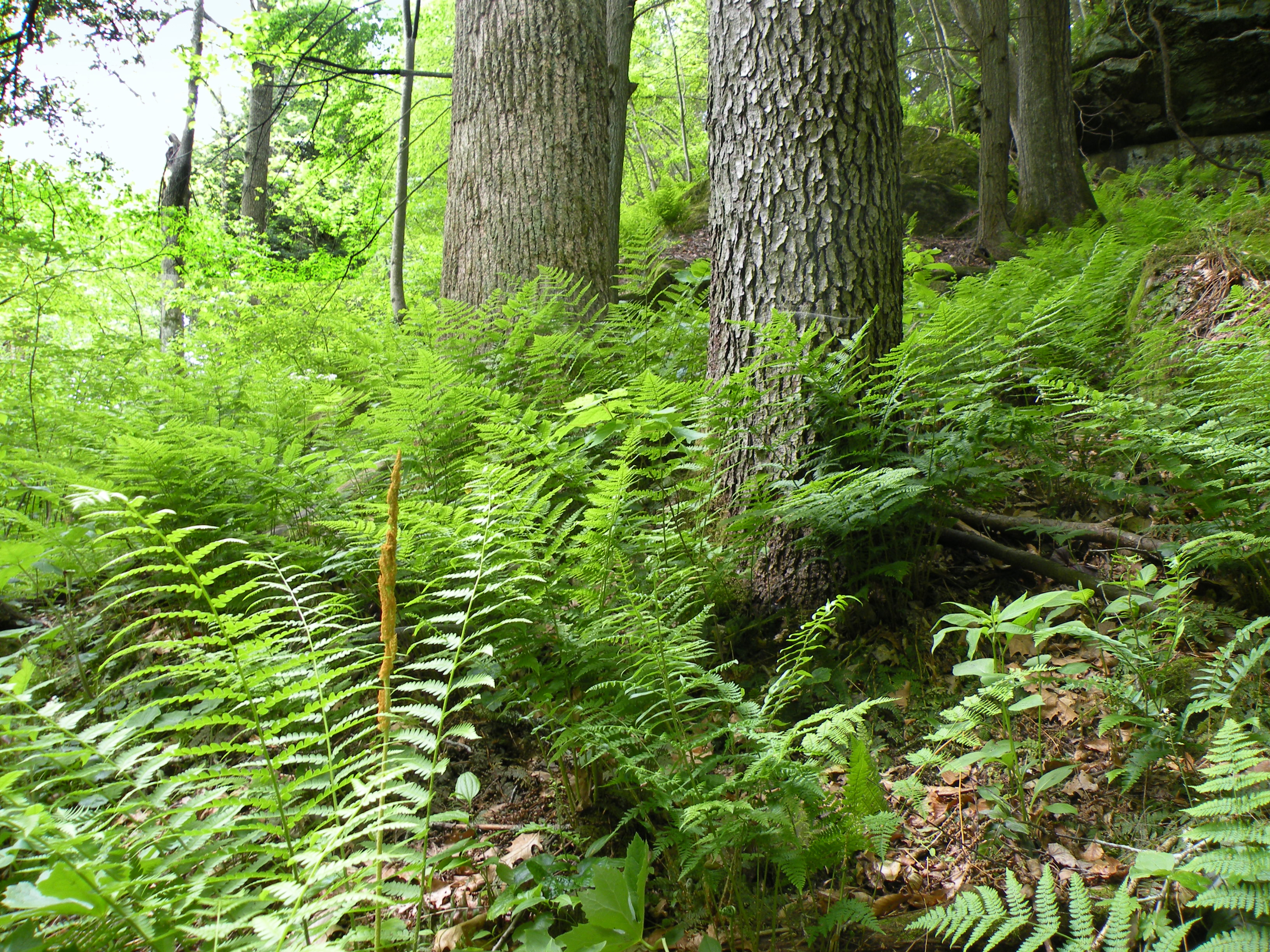
Just before the trail begins to level out, there’s a rock outcropping; that’s a perfect place to pause, catch your breath from the initial uphill climb and take in the view overlooking the forest below.
It’s mostly down-hill from this point. As you complete the east side of the Fern Trail loop, the refreshing sound of a small stream and views of a deep ravine will guide you back to the trailhead. Take a park map along in case you decide to lengthen your hike; there are opportunities to connect to the Hemlock and Cemetery Ridge trails along the way. Besides ferns, you’ll see colorful, mid-summer fungi, spotted wintergreen and Indian pipe on your trek.
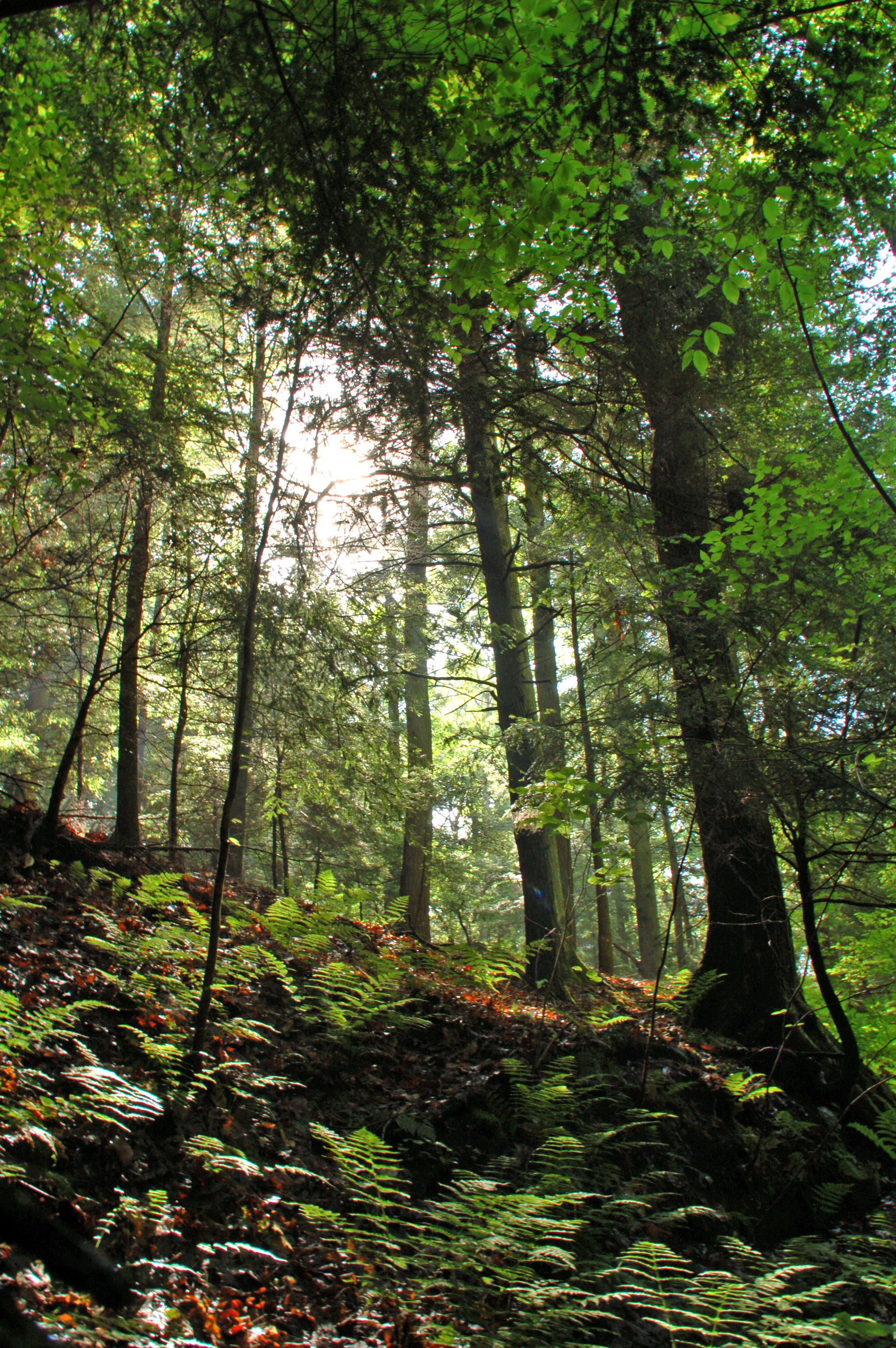
Listen for the call of the white-eyed vireo ( a sharp quick! give me a rain check), wood thrush (flute like ee-o-lay), Eastern towhee (a wavering drink your tea with the last syllable higher), worm-eating warbler and hooded warbler (a loud whistled weeta wee-tee-o).
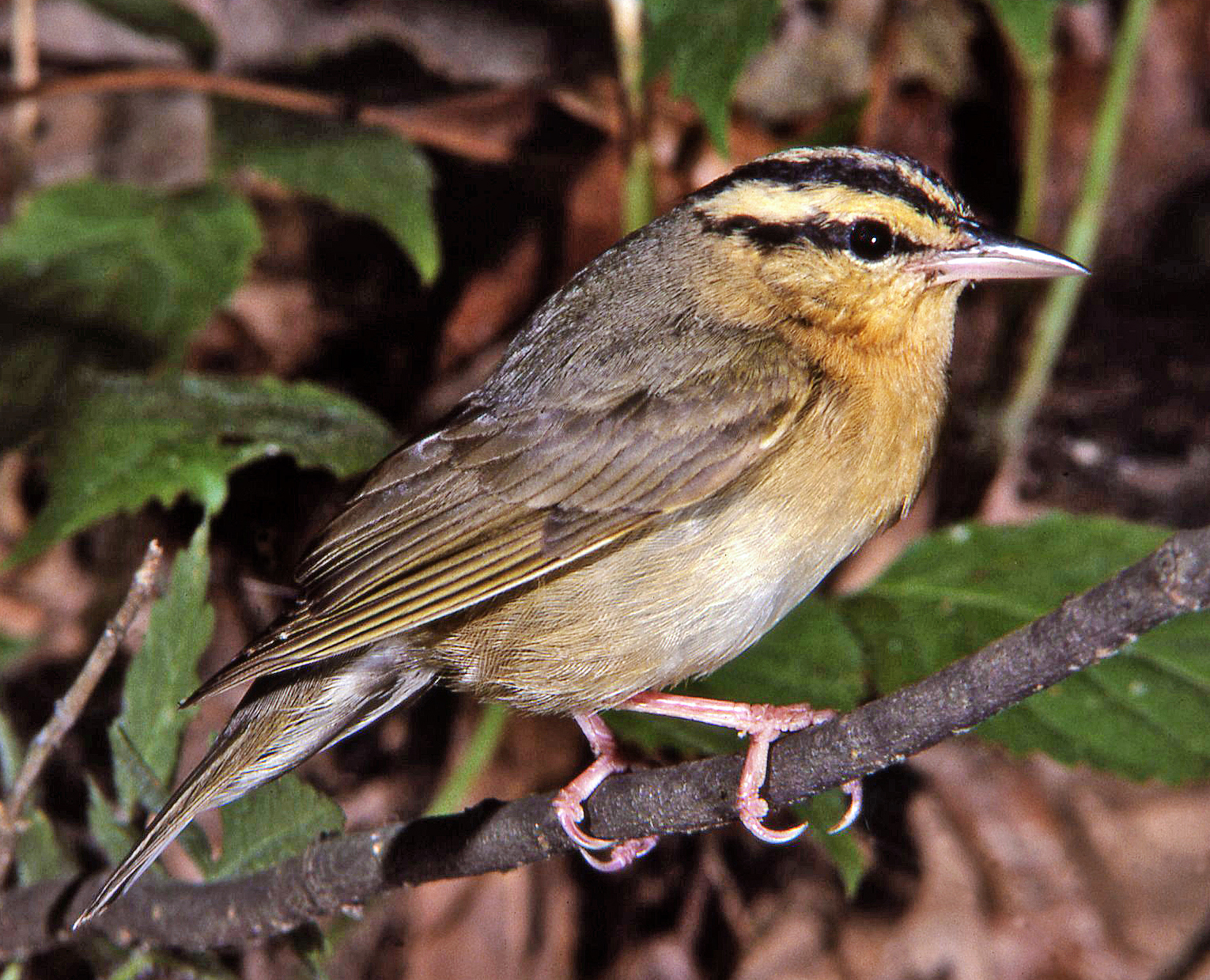
As you enter the open meadow area at the top of the Fern Trail loop, prairie warblers fill the air with a rapid series of ascending buzzes. Butterfly weed in its brilliant orange color will likely catch your eye.
Also watch for moving flashes of orange to catch a glimpse of the commonly seen great spangled fritillary butterfly visiting nearby plants. Trills, chirps, buzzes and clicks will easily be heard and indicate the presence of crickets, grasshoppers, cicadas and katydids in the open habitat.
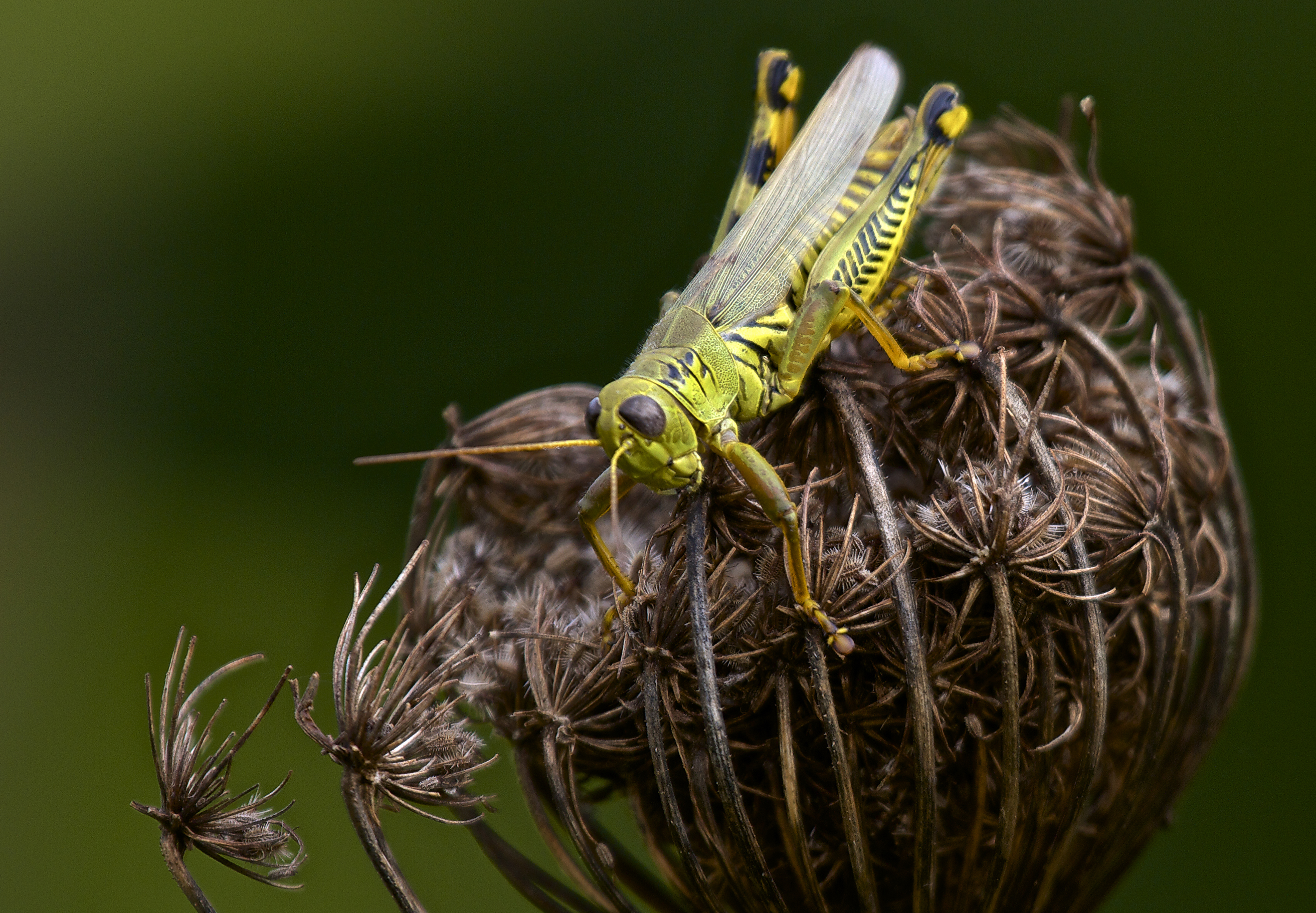
(Doug Crawford)
Blackhand sandstone outcroppings create a beautiful backdrop in certain areas; evidence of sediment deposited when this area of the state was covered by a shallow sea millions of years ago are now being highlighted as a result of weathering and erosion.
Watch below your feet, you might even encounter an American Toad or the quicker moving Eastern Chipmunk crossing the trail.
